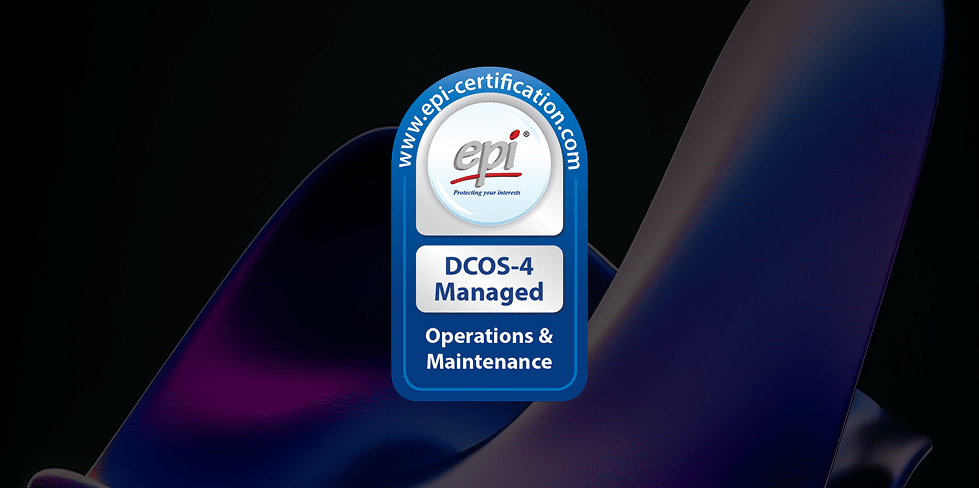How domains really work

How domains really work
At its core, a domain name is a string of characters that serves as a human-readable alias for an IP address. It provides a user-friendly way to access resources on the internet. For instance, the domain name example.com corresponds to the IP address where the associated web server is hosted. More casually, think of a domain name as the virtual equivalent of a street address. It’s the keyword that users type into their browsers to navigate to a specific website.
When you type a domain into your browser, the request travels through the Domain Name System (DNS) — a global network of servers that translates domain names into IP addresses and directs you to the correct website. Without this system, we’d all need to memorize strings of numbers to reach websites, which would make the internet nearly unusable.
Types of top-level domains (TLDs)
Domain names end with extensions known as top-level domains (TLDs). These are the highest level of the domain name hierarchy, and they’re divided into several categories:
1. Generic top-level domains (gTLDs)
These represent the original TLDs, such as .com, .net, .org, .info, and .biz. Today, there are hundreds of gTLDs available, and they remain the easiest to register. Anyone, anywhere in the world can acquire and manage a gTLD, which makes them a popular choice for businesses and individuals alike.
2. New generic top-level domains (new gTLDs)
New gTLDs were introduced to expand the namespace and provide more industry-specific or creative options. Extensions like .tech, .media, or .bank give organisations the chance to highlight their sector or purpose right in their domain name.
3. Country code top-level domains (ccTLDs)
These domains are tied to specific countries or regions — for example, .uk for the United Kingdom, .de for Germany, and .au for Australia. They are widely used by businesses and organisations to signal a local presence.
However, ccTLDs often come with rules:
- Some require a local presence (e.g., .no for Norway, .ca for Canada, .au for Australia)
- Others, such as .it, .eu, and .fr, may require EU presence
- In stricter cases, like .com.br, you might need to provide notarised documentation to register or transfer a domain
While these restrictions exist, they don’t prevent international users from accessing the sites — they simply regulate who can register them.
4. Sponsored top-level domains (sTLDs)
sTLDs are managed by private organisations or communities that represent a specific group. They’re designed to serve the needs of that community. For instance:
- .org is managed by the Public Interest Registry to support non-profit organisations
- .apple is an example of a corporate-controlled TLD, reserved exclusively for Apple’s use
These TLDs are regulated by their sponsors to ensure alignment with community goals and values.
Who makes domains work?
The domain ecosystem involves three key players:
Domain registries – the architects of the DNS hierarchy
Registries are responsible for managing specific TLDs. They maintain the authoritative database of all registered domains within their namespace, ensuring accurate resolution to IP addresses. They also enforce rules, process registrations, renewals, deletions, and maintain WHOIS data.
Registries don’t sell domains directly to end users. Instead, they work through accredited partners — registrars.
Domain registrars – the intermediaries
Registrars are the companies you interact with when registering a domain. They provide the platforms where you search for an available name, pay the registration fee, and manage your domain. Once you submit a request, the registrar passes it to the appropriate registry to finalise the registration.
Registrars often offer additional services such as:
- DNS and records management
- Domain privacy protection
- Email and hosting services
- Renewals and transfers
At Ilkari, we act as your trusted registrar, working with registries worldwide as well as with many community-led TLD registries. This global reach allows us to support your domain needs whether you’re targeting a local market or a highly specialised community.
Domain registrants – that’s you
The registrant is the person or organisation that registers the domain name. While often referred to as the “owner,” registrants don’t actually own domains outright — they act as caretakers for as long as they maintain the registration. Domains operate on a first-come, first-served basis, and registrations are time-bound.
If a registrant fails to renew, the domain eventually expires, disconnecting from associated services (DNS, email, hosting) and returning to the pool of available names.
Why understanding domains matters
Domains are more than just digital labels — they’re essential to online identity and accessibility. A well-chosen domain name builds trust, enhances visibility, and strengthens your brand. Understanding how domains work, and the roles of registries, registrars, and registrants, helps you make informed choices that safeguard your digital presence.
In today’s interconnected world, domain management is not just about navigating the web, but about shaping the future of digital interaction. Whether you’re a global enterprise or a growing local business, having the right domain strategy ensures your online address is secure, relevant, and future-proof.



